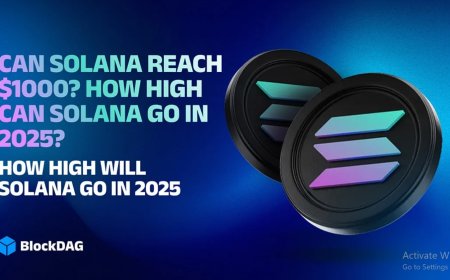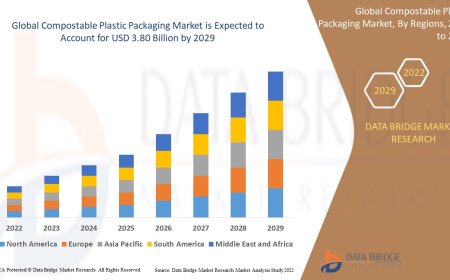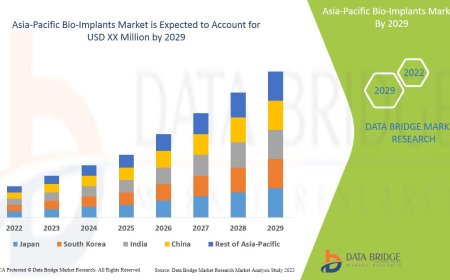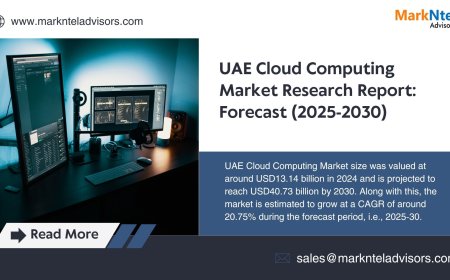Pharma Market Access & Forecasting: 2025 Winning Strategies
Pharma market access, Pharma forecasting
Pharma market access and pharma forecasting are critical for pharmaceutical companies aiming to launch successful therapies in 2025. These services ensure that market entry strategies are data-driven and aligned with payer and market expectations. This article explores how these disciplines intersect to drive commercial success.
Analyzing Market Dynamics
Pharma forecasting provides insights into market trends, competitor activities, and patient demographics, enabling companies to predict demand and revenue. For example, forecasting may identify a growing need for therapies in neurodegenerative diseases, guiding development priorities. Pharma market access uses these insights to develop reimbursement strategies that align with market realities, such as negotiating with payers who prioritize cost-effective treatments. This collaboration ensures that market access strategies are grounded in robust market intelligence.
Optimizing Pricing and Reimbursement
Pricing is a core focus of pharma market access, as payers demand value in an era of rising healthcare costs. Pharma forecasting supports this by modeling revenue scenarios under different pricing strategies, accounting for factors like market share and payer uptake. Consultants use these models to recommend prices that balance profitability and access. For instance, they may suggest a tiered pricing model for emerging markets. In 2025, AI-driven forecasting tools enhance precision, enabling consultants to simulate complex scenarios and optimize reimbursement strategies.
Leveraging Real-World Evidence
Real-world evidence (RWE) is a cornerstone of both disciplines. Pharma market access uses RWE to build value propositions for payers, demonstrating a therapys real-world impact, such as reduced hospitalizations. Pharma forecasting incorporates RWE to refine demand projections, ensuring that revenue models reflect actual patient outcomes. By aligning these efforts, consultants create evidence-based strategies that enhance market access and forecasting accuracy. In 2025, the integration of RWE databases and analytics platforms strengthens these capabilities.
Navigating Regulatory and Payer Hurdles
Regulatory and payer requirements impact both market access and forecasting. Pharma market access consultants prepare companies for HTA submissions and payer negotiations, ensuring that therapies meet reimbursement criteria. Pharma forecasting accounts for regulatory delays or payer restrictions in revenue models, providing realistic projections. For example, consultants may adjust forecasts to reflect potential CMS policy changes in the U.S. This collaboration ensures that strategies are compliant and adaptable to regulatory shifts.
Planning for Long-Term Success
Pharma forecasting looks beyond launch, predicting long-term revenue and market share based on factors like patent expirations and competitor entries. Pharma market access supports this by securing sustained reimbursement through value-based contracts and ongoing payer engagement. For instance, consultants may negotiate multi-year agreements that tie payments to patient outcomes, ensuring long-term access. In 2025, this forward-looking approach is critical for maintaining competitive advantage in dynamic markets.
Adapting to Industry Trends
The pharmaceutical industry is evolving, with trends like biosimilars and digital therapeutics reshaping market dynamics. Pharma forecasting and market access must adapt, using advanced analytics to stay ahead. Consultants may incorporate data from digital health tools into forecasts or develop reimbursement models for combination therapies. By embracing innovation, consultants ensure that strategies remain effective in a rapidly changing landscape.
In conclusion, pharma market access and pharma forecasting are indispensable for success in 2025. By combining market insights, evidence, and strategic planning, these services ensure that therapies reach patients and deliver commercial value.

































